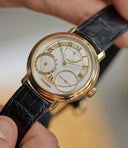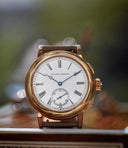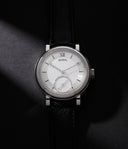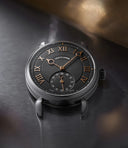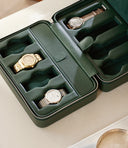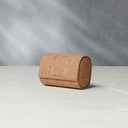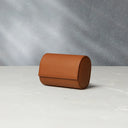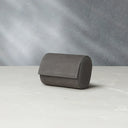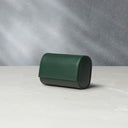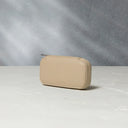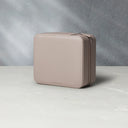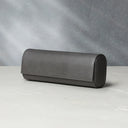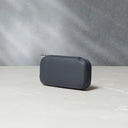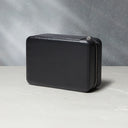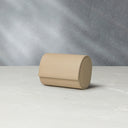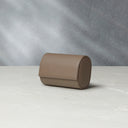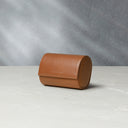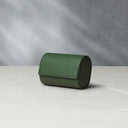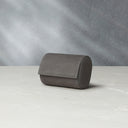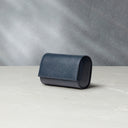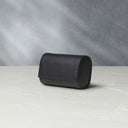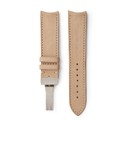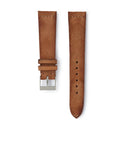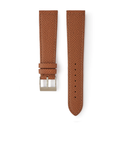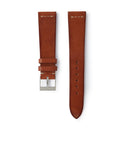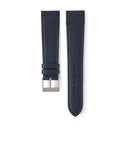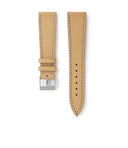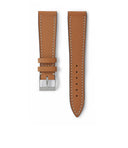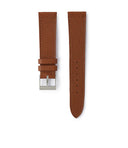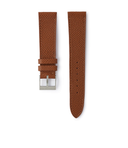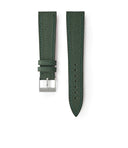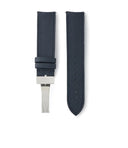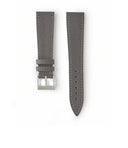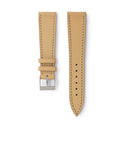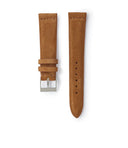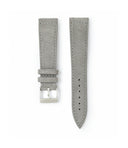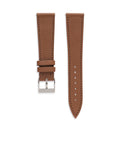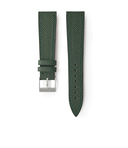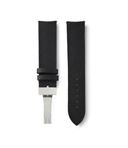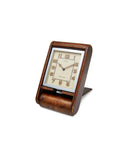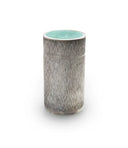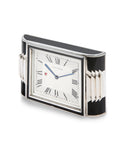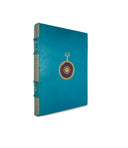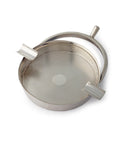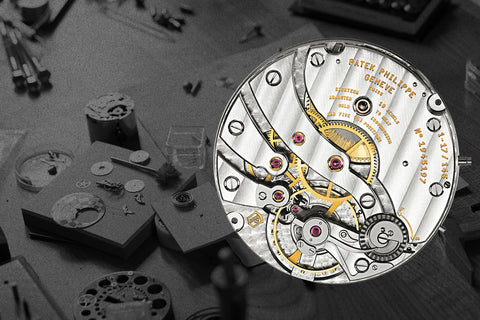When conceptualising the 1941 Remontoire, the Grönefeld brothers, Bart and Tim, had watchmaking and familial history on their minds. The inspiration for the technical aspect of the watch, the remontoire, came from their childhood memories of their grandfather and father maintaining a clock dating back to the 13th century, housed in a church near the family home. It featured a constant force device, that stores energy from the mainspring and released exactly the same quantum of it to the balance at regular intervals. This constancy of power input made for even balance amplitude and therefore linear timekeeping, no matter the reserve the mainspring had left. As a tribute, the brothers named the watch that incorporated such a constant force device after their father’s birth year, 1941.
It is understood that since its conception in 2016, just 188 examples of the calibre G-05, the machine powering the 1941 Remontoire, have been created. It is worth noting that the year it was launched, the watch won the Men’s Watch prize at the GPHG. The 1941 Remontoire series is now closed, with Grönefeld not taking further orders for it.
This example, with a 39.5mm white gold case, has a particularly striking configuration. The white gold case is paired with a rich navy dial adorned with beautiful guilloché of a number of patterns. Created on a sterling silver base, the dial was crafted in the specialist concern of watchmaker Kari Voutilainen.
The outermost chapter, printed in white, displays the minutes while further in from it lie the chapter of applied hour markers. They are filled with luminous material and the one at 9 o’clock is thoughtfully integrated into the bridge of the remontoire governor. The lancette-style hours and minutes hands are brushed, as is the simple pointer in the subsidiary seconds register. They contrast well against the shade and textures of the dial. The remontoir governor, that spins at eight-second intervals, also wears a brushed appearance. The central portion of the dial is adorned with a décor flamme pattern, while the hours chapter wears vieux panier-style decoration. The centre of the sector-style subsidiary seconds register has petite clous de Paris engine turning.
The case is cleverly designed to minimise its footprint. This is evident in the concave form of the bezel, as well as the flowing, stepped shape of the short but substantial lugs. This sculpting is evident even in profile where the concave form of the bezels serves to create an impression smaller than the dimensions would suggest. The lugs, 20mm apart, are fitted with a fresh grey, alligator-grained leather strap with contrast blue stitching. It is secured with a signed white gold pin buckle. The crown, shaped like a jet exhaust, is fluted to aid ergonomics.
The mechanics of the manually wound calibre G-05, hinted at through the tri-armed remontoire governor on the dial side, is wonderfully adorned. Made up of 258 components, it can be appreciated through the exhibition caseback. Its stainless-steel bridges, mirroring bell gable roofs of Dutch houses, wear micro-blasting in the centre, with raised, hand-bevelled edges. It is richly decorated, with jewels outfitted with gold chatons and relief engraving referencing the jewel count and eight-second remontoire. The single barrel movement produces 35 hours of reserve. The free sprung, 10mm balance wheel has four white gold timing weights. The movement hacks for precise time setting.
The watch comes with its outer and inner boxes, cleaning cloth and operating instructions. In this configuration, the 1941 Remontoire blends high horological technicality with the very best of dial hand craft.


































































































